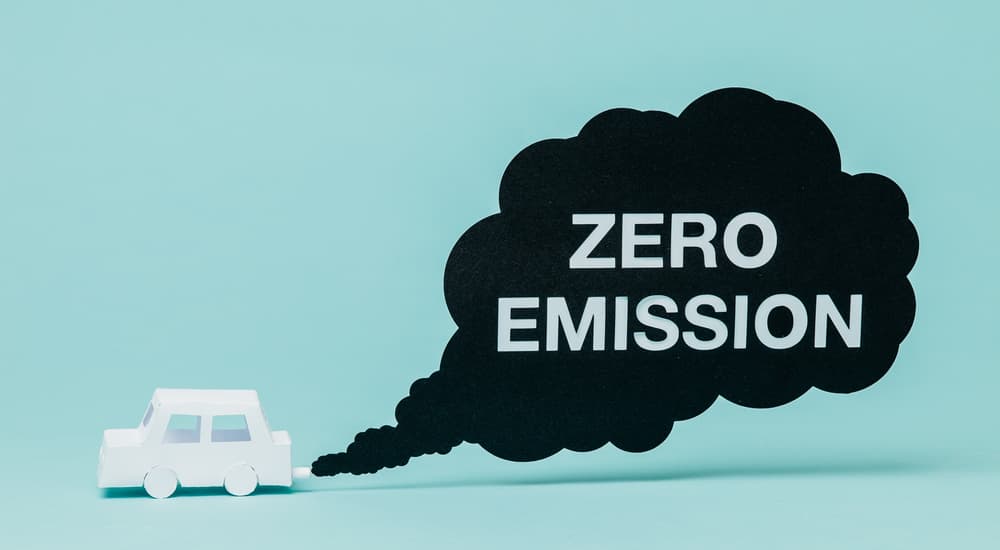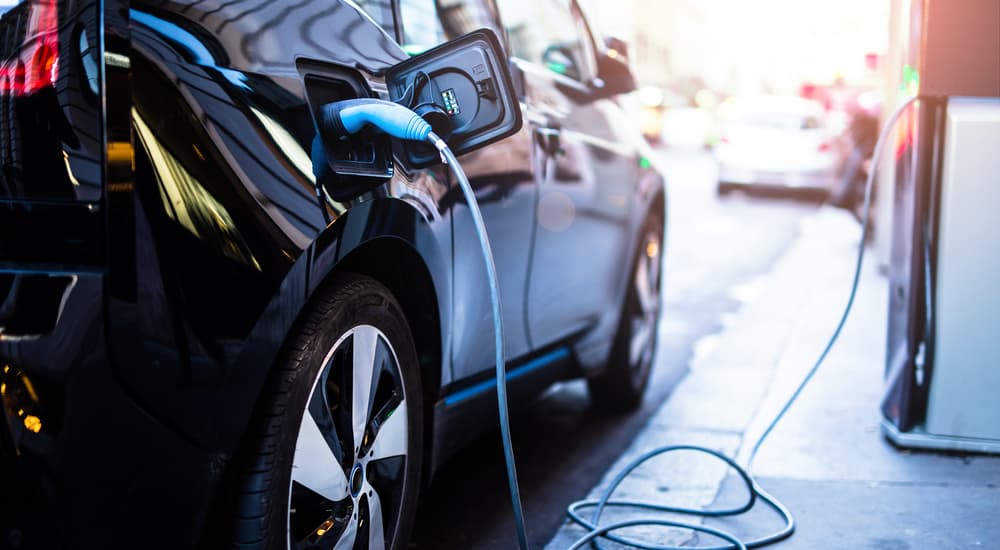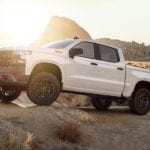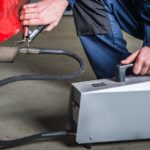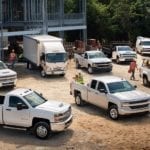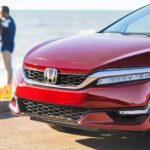The battle for Electric Vehicle (EV) popularity (and eventual supremacy) is well underway throughout much of the world. Here in the US, there are already numerous groups drawing the battle lines on Internal Combustion Engine Vehicles (ICEVs) and EVs. For better or worse, there are definitely going to be some fights about converting from ICEVs to EVs or any kind of Zero-Emission Vehicles (ZEVs). While there are some pockets of resistance here and there, some states have been faster than others to embrace a ZEV future—few as aggressively as California with its environmental policies.
The California Air Resources Board (CARB) recently released a statement ahead of a public hearing to consider their proposals for regulations designed to push toward a 100% ZEV goal, which was set a couple of years ago. This is some of the most aggressive potential regulation in the country for switching from ICEVs to ZEVs, and it includes stages for hitting their eventual goals. Much of the country is watching California with great interest to see how things go; there will likely be more than a few states that follow suit if this plan ends up working.
Setting the Stage and Setting Goals
California might not be unique in having a goal for reducing and eliminating emissions from vehicles. However, it certainly stands out as one of the leading states taking the charge on this issue. Much of this stems from an executive order issued by California Governor Gavin Newsom in 2020 that established this as a statewide goal. The executive order was based on numerous factors, including the assertion that transportation in the state accounts for more than 50% of the greenhouse gas emissions in California. With that in mind, Newsom and his advisors wanted to take action with a clear goal: to reduce these emissions.
The aim is simple (at least on paper): by 2035, all new passenger vehicles sold in California must be zero-emission vehicles. This does not directly affect vehicles already in use when January 1, 2035 rolls around, nor vehicles bought at dealerships in other states and brought into California. But starting in 2035, all passenger vehicles sold in the state will have to be ZEVs. EVs will certainly make up a large part of that, but there may be other types of ZEVs in use too. In addition to this, medium- and heavy-duty vehicles will have to meet these ZEV requirements by 2045—giving various industries and fleets more time to figure things out.
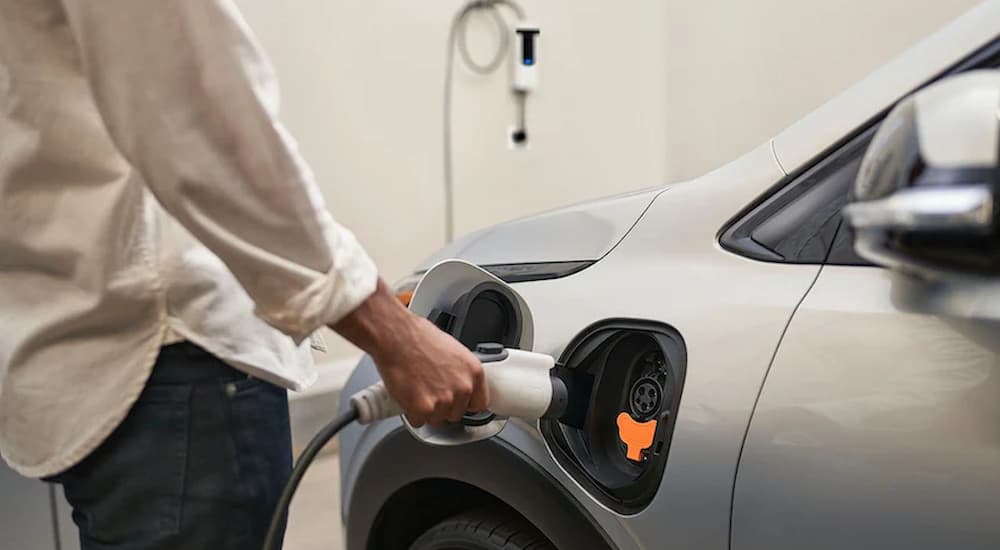
Timeline for ZEV Requirements
According to Governor Newsom’s executive order, CARB would be charged with developing regulations to hit this goal. The newly released document titled, “Public Hearing to Consider the Proposed Advanced Clean Cars II Regulations,” is a report outlining the reasons for this new mandate and some plans on how to make it a reality. As the title suggests, this has been released in advance of a hearing date in June this year so that the public can be part of this process. Though in fairness, the document is over 200 pages long and most people aren’t likely to actually read through the whole thing.
Interestingly, rather than setting out a strict timetable or roadmap for how this massive change is going to take place, CARB has looked at current trends and simply extrapolated on that. Based on the increasing popularity of EVs and Plug-in Hybrid Electric Vehicles (PHEVs), and the fact that numerous manufacturers have stated their own goals of only offering ZEVs over the next decade or so, CARB estimates that 35% of all vehicle sales in California will be ZEVs by 2026. From there, the plan is simple: an 8% increase in ZEV market share each year for the following five years, then a 6% increase per year for five years after.
This increase, creating a relatively generous curve that’s certainly not as dramatic as you might expect, would get ZEV sales up to 100% by 2035—meeting Governor Newsom’s goal. To be completely fair, this is only part of a rather large number of changes to the market that would need to happen for this to be viable, including greater infrastructure of charging stations. California is already one of the easiest places to own and enjoy an EV or PHEV, but expansion is still planned and being executed at this point.
ZEV Goals and Requirements
In order to ensure that these goals are not only met but that California drivers have good vehicles, CARB has also outlined requirements they expect all vehicles to meet. This includes that all ZEVs must have at least 150 miles of range, with warranties covering the battery and motor. PHEVs must have at least 50 miles of electric-only range by the time this transition is complete in 2035. The goal here is to ensure that California’s drivers have excellent vehicles that they can rely on and that manufacturers won’t swoop in with shoddy, rushed ZEV models that drivers are forced to buy.
Light-Duty and Medium-Duty Vehicles
The standards and requirements for ZEV models are primarily focused on passenger vehicles, but other things like trucks aren’t being overlooked. CARB’s plan would establish new emissions regulations for light-duty and medium-duty trucks (and similar vehicles), even as they continue to be available as ICEVs. The goal is to not disrupt industries that are important to California—while still driving down emissions across the board as much as possible. This is going to be a challenge, though, since so much of EV development right now is focused on passenger vehicles rather than commercial models
Overall, the plans are set to help reduce emissions from commercial vehicles, including trucks used in fleets for a wide range of purposes. Most of this focus is on allowing ICEVs to continue to operate, but to reduce their cold-start emissions. The plans are also working to ensure that there is no backsliding of standards for ICEVs as ZEVs start to become more readily available for commercial fleets.
Finally, the CARB plan will also set new standards to help lower maximum exhaust and evaporative emissions. These standards will affect light- and medium-duty trucks, as well as other passenger vehicles on the road.
Is This Fast Enough?
Although some people see these efforts as profoundly aggressive, particularly proponents of ICEVs and those who are fighting the move toward more EVs on the road, others are arguing that this is not aggressive enough. California might be known as a leader in clean-air regulations, but some critics have stated that the 2035 goal is much too slow for such a crucial issue. There have been calls to move the timeline up to 2030 instead, though that seems highly unlikely given the amount of work necessary to hit a 100% ZEV market in less than a decade. The biggest argument is that ICEVs being sold now will remain on the road for 10-20 years after they’re sold, so a 2035 deadline means there will still be plenty of cars spewing out high emissions well into the 2050s.
There’s also the argument that California is leading the way for many other states, which are watching this as a test-bed for their own future programs. If they’re a few years (or more) behind California—because they want to see how things work out, then they might not have similar goals to meet until 2040 or later. Critics and activists argue that every passing year with ICEVs on the road is another year that we really don’t have to waste. California (and other states) must therefore hurry up toward zero-emissions goals. No matter what happens, the results are going to be consequential—to say the least—and only time will tell if action was taken soon enough.
